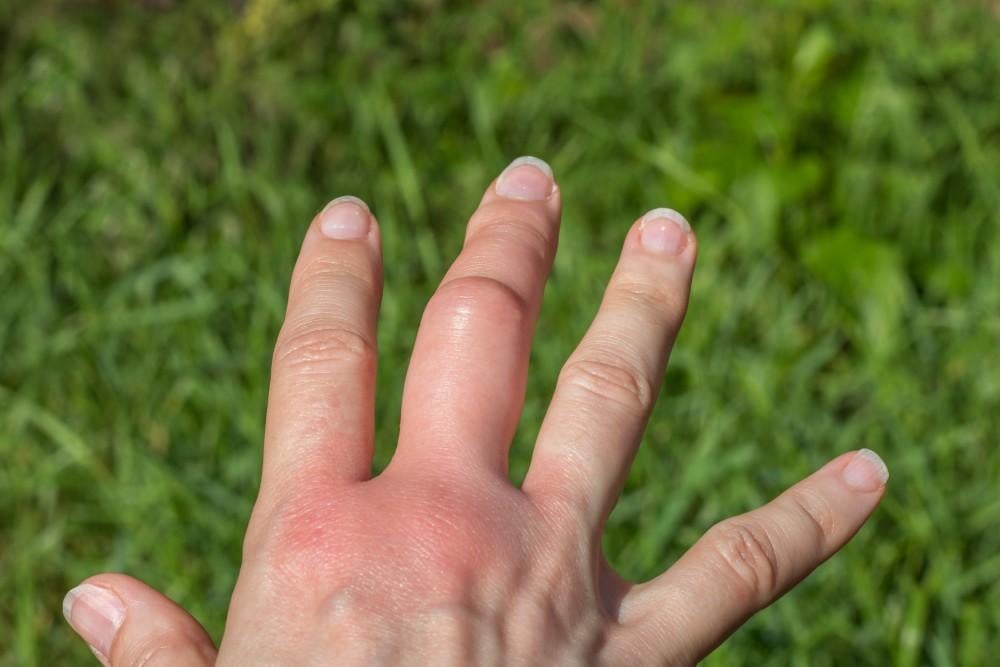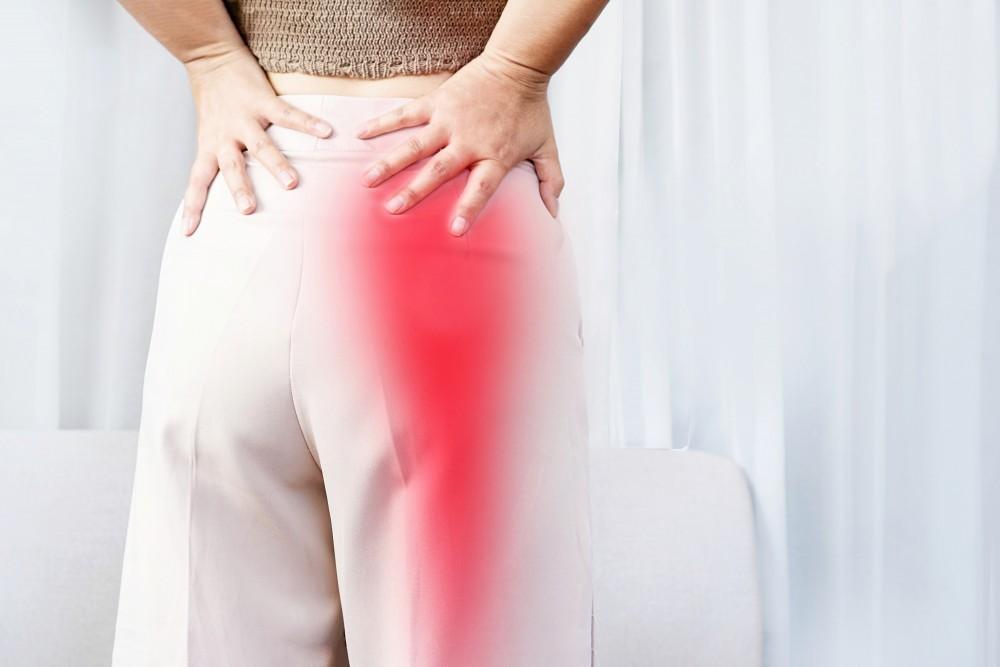Chronic back pain is a debilitating condition that affects approximately 31 million Americans at any given time. Researchers estimate that about 80% of the population will experience chronic back pain at some point in their lives. Even so, treating back pain can be very frustrating for both the patient and the chiropractor.
Even though you can literally point where you feel the pain, diagnosing back pain is much harder. Plus, with causes of back pain and different types of back pain, there’s no one-size-fits-all treatment for back pain. Almost all the methods and topicals that can miraculously cure all types of back pain are a marketing gimmick.
That said, knowing the type of back pain goes a long way in diagnosing and subsequently treating back pain. Today’s post will highlight the different types of back pain and what steps you can take to address them.
Extension Dominant Backpain
Extension dominant back pain is pain felt in the joints at the back of the spine known as Zygopophysheal joints or simply Z-joints. This type of back pain is hard to identify because it follows an almost irregular pattern, but not all the time. That said, here are a few symptoms of extension dominant back pain:
- Pain in the middle and lower back after prolonged standing
- Temporary pain relief when you sit or bend
- A stiff back
- Intense back pain after physical activity like sports or gymnastics
- Localized spinal pain
Some people may experience leg pain or a mild tingling sensation in their legs. Individuals with extension dominant back pain arch their backs to alleviate the pain, leading to posture problems. The pain is treated by reducing pressure on the spine, particularly in extension.
Exercises that stabilize the abdominal and hip mobility stretches that target the flexors can effectively treat extension dominant pain. You can also consider periodic flex postures to help mitigate the pain. Manual therapy and acupuncture can also help achieve the same.
Most treatment plans tend to get more aggressive once the chiropractor has the pain under control. If that’s the case, expect treatments that center on building spinal and core strength.
Flexion Dominant Back Pain
Flexion dominant back pain is characteristic of most injuries to the discs. However, this isn’t always the case. Flexion dominant back pain is a tad easier to diagnose because the symptoms tend to follow a similar pattern.
Symptoms of flexion dominant back pain include:
- Pain that worsens when you bend, sit, or lift heavy objects
- Difficulty getting back up after sitting
- A tingling sensation that may progress to numbness
- Weakness in the legs, although not always
- A short walk or jog can improve the symptoms
Some people with flexion dominant back pain may also experience leg pain. The most effective way to care for flexion dominant back pain is regular directional exercises. Doing so helps alleviate the pain and also improves your range of motion.
Consistent stretches should have your back feeling more flexible and will reduce the pain. Your physiotherapist or chiropractor will tell you the most effective stretch for your particular situation. They may also prescribe additional medication for severe cases.
Inflammatory Back Pain
Inflammatory back pain is a result of inflamed tissues in the spinal joint. Some physiotherapists might unknowingly diagnose inflammatory back pain as mechanical back pain, although it’s less common than the latter. Inflammatory back pain is a result of medical conditions that make the immune system attack the spine joints.
There are plenty of conditions that can lead to inflammatory back pain, but the most common is ankylosing spondylitis. It’s up to the physiotherapist to diagnose the back pain as inflammatory before recommending more tests. If you have inflammatory back pain, you’ll most likely see a rheumatologist for a comprehensive diagnosis.
With inflammatory back pain, the chiropractor will take up minor roles like symptom management. It’s up to other medics to address the underlying medical condition. Some symptoms of inflammatory back pain include:
- Back pain that persists for more than three months
- This back pain is not due to back injuries but develops on its own
- The onset of the pain begins when the patient is below 35 years
- Moderate exercising and physical activity can help with the pain
The chiropractor should be clear with instructions on preventing the pain from flaring up and the best positions for pain relief. Physiotherapy only helps mitigate the pain and reduce stiffness. For effective treatment, you’ll have to address the underlying medical condition.
Neurogenic Claudication
Neurogenic claudication is a type of extension dominant back pain (see above) that affects the elderly. It’s brought about by the compression of nerves when the patient stands, walks, or runs. This can have a significant impact on the patient’s mobility.
Neurogenic claudication symptoms are pain, numbness, or weakness in the legs after walking a considerable distance. Most patients don’t experience localized back pain, and the symptoms disappear when they sit.
Patients with neurogenic claudication have to take frequent breaks when walking because the pain flares up. A variety of flexion-based stretches distributed throughout the day should help reduce the pain. Patients should also avoid walking long distances or fight through the pain because it only worsens the condition.
Treatment of neurogenic claudication centers on two major activities. The first is increasing abdominal strength, so the patient doesn’t extend their spine. The second is increasing the patient’s hip mobility.
Know the Different Types of Back Pain to Understand Your Situation
The next time you ask yourself, “why does my back hurt?” at least you’ll have a clue with the information above. Knowing the different types of back pain is great but remember to leave all treatment and diagnoses to a certified chiropractor. If you do so and take the chiropractor’s advice to heart, your back pain should disappear in good time.
You’ll need to see a certified chiropractor for effective back pain treatment. If you’re suffering from back pain, set an appointment today, and we’ll help you get rid of it.




